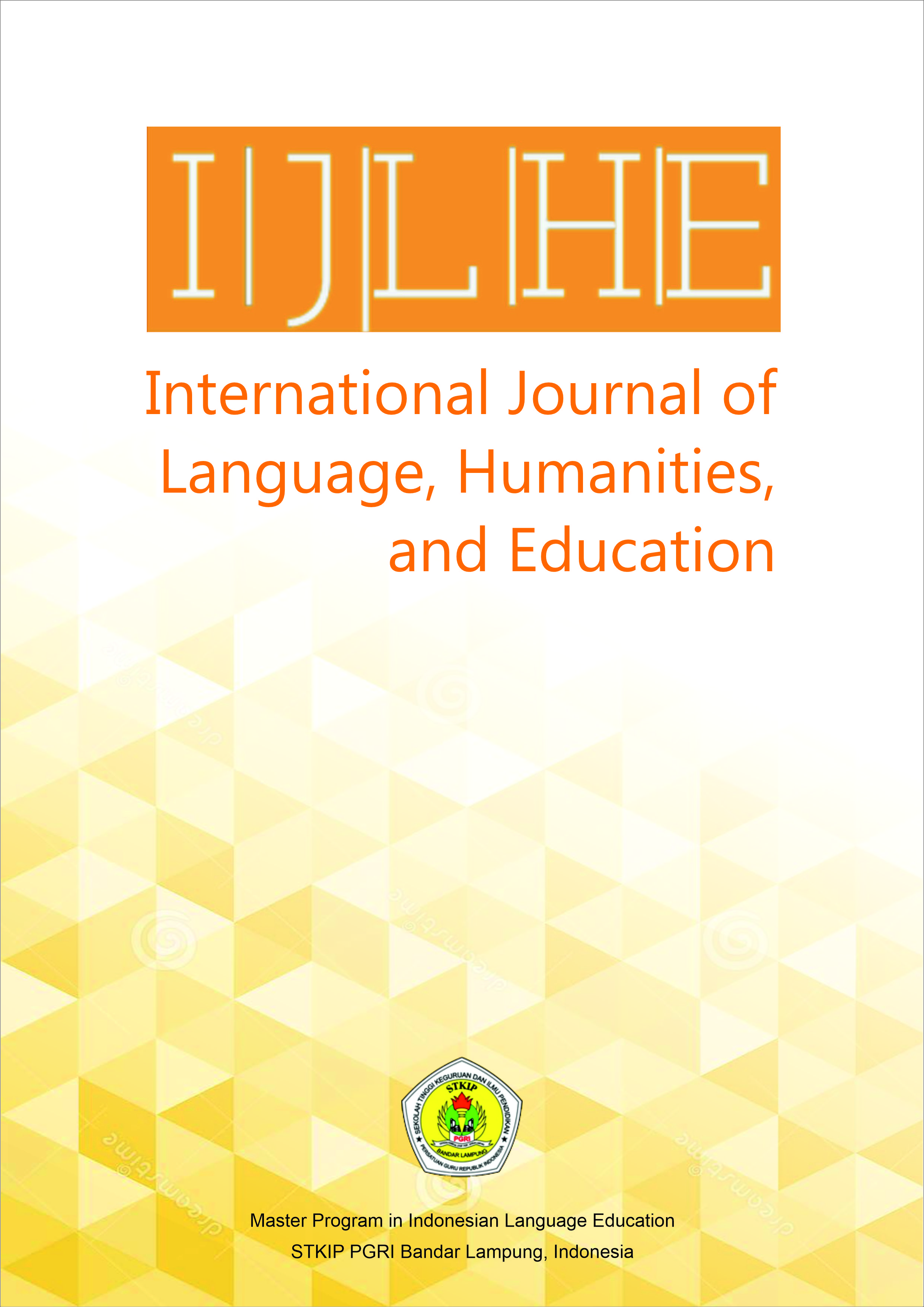Historical Anthropology of Bamyan during Ancient Time: A Review of Buddhism Historical Monument in Bamyan- Afghanistan
DOI:
https://doi.org/10.52217/ijlhe.v8i1.1754Keywords:
Architecture, Buddhism, Caves, Niche, SculptureAbstract
Bamiyan is a Historical province and this area have more historical monument in Afghanistan. The location of this province is in central Afghanistan and was one commercial and meditation center of Buddhism during the Silk Road trade, it is a famous valley and is surrounded by mountains. Religion placed and more important for philosopher, merchants, pilgrims, and savants during the Kushan Empire and ancient world, during the Silk Road trade in this site there was amassing wealth, popular doctrine and power. When Buddhism came to Afghanistan the mountain of Bamiyan was the proper cave and niche of Buddhist meditation, the caravan of India during the Silk Road visited Bamyan caves and donated Buddha sculptures, they brought artists, craftsmen, engineers, and monks from India to Bamyan for construction of Buddhism architecture and oil painting of two big sculpture and also the wall painting of the caves in Bamyan valley. According to our ancient Sanskrit literature, Vedic and also post-Vedic, Persia now Afghanistan was part of the Indian subcontinent since hoary antiquity and continued to be so up to the 10th century A.D. when Islam spread in the east, especially in Afghanistan and forgotten Buddhism religion from Afghanistan that the second capital of Buddhism was Bamiyan and there are much more monuments of Buddhism and also stupa, Bodhisattvas and sculpture of Buddha such as Salsal and Shamamah the symbol of Buddhism religious, the population of Bamiyan converted to Islam religious.
References
Babur, Z. M. (1962). Babur Nama. Oriental Books Reprint Corporation.
Elphinstone, M. E. (1978). The kingdom of Kabul. Nisa Traders.
Feroozi, A. W. (2004). The impact of war upon Afghanistan’s cultural heritage. Archaeological Institute of America.
Ferrier, J. P. (1857). Caravan journeys and wanderings in Persia, Afghanistan, Turldstan and Beloochistan, with historical notices on the countries laying between Russia and India. John Murray.
Fletcher, A. (1965). Afghanistan: Highway of conquest. Cornell University Press.
Flood, F. B. (2002). Between cult and culture: Bamiyan, Islamic iconoclasm, and the museum. The Art Bulletin, 84(4).
Forogh, B. M., & Samimi, S. (2021). Abul-Fazl governance and administration during the reign of Jalal-ud-din Mohammad Akbar. Al-Farabi Kazakh National University Press.
Ghobar, M. G. M. (1980). Afghanistan dar masir-i-tarikh. Kanun-i Muhajir.
Habibi, A. H. (1962). Aaya kalimay-i Hazara qadimtar ast? Aryana, 20(5).
Hamid, N. (2014). Agency in material? The iconography of headdresses at Bamiyan and what it suggests about relations with neighboring regions between the 5th and 8th centuries A.D. (Unpublished master’s thesis). University of Leiden, Faculty of Archaeology.
Mousavi, S. A. (1998). The Hazarah of Afghanistan. Curzon Press.
Patel, K. J. (2014). Culture, wars: Protection of central monument in human rights context.
Poladi, H. (1989). The Hazara. Mughal Publishing Company.
Samimi, S. (2016). History of Bamiyan. Delhi University Press.
Samimi, S. (2020). The record of Xuanzang (Hsuen-Tsung) Buddhist pilgrim from Bamyan. Al-Farabi Kazakh National University Press.
UNESCO-ICOMOS. (2009). World heritage cultural landscapes. UNESCO-ICOMOS Documentation Centre.
Weirs, M. (1975). The language of the Hazara people and the Mongols of Afghanistan, a lexicostatistical perspective. Afghanistan Journal, 2(3).
Yazdani, H. A. (1989). Pizhuhishi dar tarikh-i Hazaraha. Ganjina Press.














